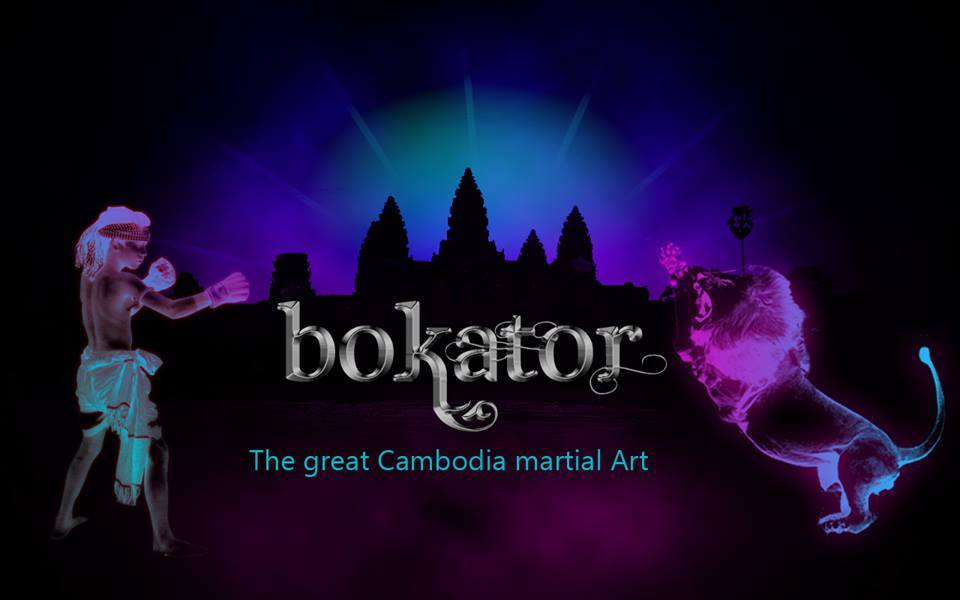𝗞𝗵𝗺𝗲𝗿 𝗦𝗯𝗮𝗶: 𝗛𝗲𝗿𝗶𝘁𝗮𝗴𝗲 𝗮𝗻𝗱 𝗜𝗻𝘀𝗽𝗶𝗿𝗮𝘁𝗶𝗼𝗻
Written by Janrasmey Alezovann
The captivating myths and origins of the "Sbai" in Khmer culture deeply inspire us and fill our hearts with admiration, connecting us to the esteemed goddess clan. As we delve into the practical aspects and enigmatic nature of this traditional attire, we are driven to gain a profound understanding of our Khmer identity.
Within the fabric of our culture lies a vibrant mosaic that resonates with the tales of Neang Neak, who governs the land adorned with the sacred Thlok tree—the tree of life—an ancestor revered by the Khmer race. The essence of matriarchy courses through our veins, as the very word "Khmer" carries the etymology of "matriarchism." Our heritage stands as a testament to the grand fusion of humanity and Naga, forging a noble lineage that permeates our being.
The Sbai, gracefully worn by Cambodian women, carries profound symbolism as it serves as a tribute to our ancestors and a celebration of our flourishing heritage. Within the Khmer language, "Sbai" embraces a multitude of delicate and supple fabrics, including scarf-like garments and breast-covering drapes. Even on significant religious occasions, men may also don this exquisite attire, further embodying the spirit it carries.
Embarking on a journey to explore the origins of our existence unveils an enchanting tale rooted in the Kok Thlok kingdom, tracing back to the first century AD. This narrative springs forth from the depths of our myths and legends, entwined within the core of Khmer culture. Among these legendary chronicles shines the love story of Preah Thong Neang Neak, which captivates the imagination with its boundless affection between a noble Prince Preah Thong and Naga Princes, Neang Neak. Seeking approval for their extraordinary love, Neang Neak implores the prince to cling to her garment as she assumes human form, receiving blessings from her parents in the ethereal realm of Badda. Clinging to the edge of her Sbai, they traverse the depths of the ocean. As the exquisite cloth touches the sea, it transforms into the majestic tail of the Naga, parting the waters and guiding the way to the realm of these mythical beings.
This supernatural tale leaves the Cambodian people spellbound, permeating their spirits with its essence and inspiring them to embrace their Cambodian origin. Gracefully draping themselves in silk, they emulate the Naga's scales, with the Sbai becoming a symbol of the Naga's tail, enfolding their ancestors in a timeless embrace. With ingenuity and profound reverence, they pay homage to the Naga goddess, bridging the gap between ancient legends and the present. This profound love story between a human prince and a Naga princess imbues the Sbai with unparalleled significance, elevating the design of Khmer clothing as a medium of self-expression and a powerful embodiment of ethnic identity.
During the Angkorian period, Khmer women donned the Sbai around their waists, pulling it forward with regal dignity, basking in their natural beauty adorned with captivating jewelry. As the tides of time swept across the lands and societal norms evolved, particularly with the influence of Theravada Buddhism, aristocratic women began covering their bodies, at least during Buddhist ceremonies, to fully engage in merit-making alongside revered monks. This transformation enhanced the role of the Sbai, shifting its placement from the waist to fully cover the chest, cascading gently along the back like the scales of the Naga.
The Sbai serves as a profound testament to the virtues of patience, gentleness, and unwavering resilience, encapsulating the innate beauty of Cambodian women without compromising their strength. It symbolizes an unbreakable bond with our cultural heritage and an unwavering reverence for our ancestors.
By adorning our bodies with the Sbai, we pay homage to a glorious past, igniting a flame of inspiration that guides the next generation, encouraging them to cherish and celebrate the limitless richness of Cambodian culture.
In recognizing the profound significance of the Sbai, modern Cambodian women consciously choose this exquisite attire for their weddings. Through this choice, they pledge themselves to upholding the enduring legacy of our aristocratic society, preserving the timeless legends of the Naga goddess, and embodying the spirit of Cambodian women—gentle yet resolute, moving forward with unwavering force, akin to the majestic body of a Naga.















